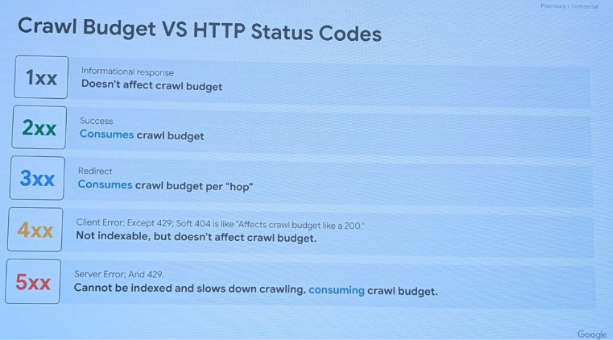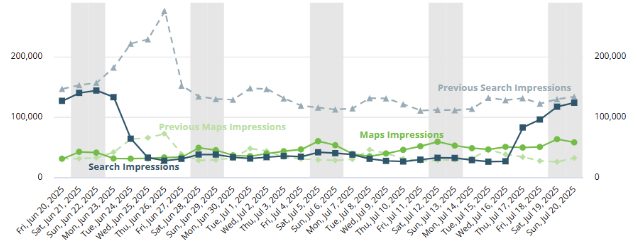Local Memo: Key SEO Takeaways from Google Search Central Live APAC, GBP Reporting Fix
Google Search Central Live APAC
The News Last week, Google hosted its Search Central Live Asia Pacific conference and had some important insights for SEO specialists everywhere. From topics like crawl budget to ranking in AI Overviews, Google hit on some of the key questions that marketers today are asking:
Nevermind GEO and LLMO—to rank in an AIO, stick to SEO. The era of standard link-based search may be behind us, but AI Overviews still rely on the same core systems that power traditional blue link results. AI is now involved in every stage of the process—from crawling and indexing to ranking—but the same foundational SEO best practices still apply.
This means SEOs should stick to best practices to appear in AI Overviews and focus on creating contextual content that answers long-tail questions—especially the kind LLMs are likely to surface.
Gen Z is now the fastest-growing group of searchers, generating more daily queries than any other age group.
They’re also more likely to use non-traditional methods—likely fueling a 65% year-over-year increase in Google Lens searches.
This means that to keep up, SEOs should prioritize photo and voice search optimization and move beyond traditional tactics to meet the evolving habits of younger users.
Soft 404s can affect crawl budget, and redirects consume crawl budget on each “hop.”

Soft 404 errors—pages that return a 200 status code but offer no meaningful content—are a silent drain on crawl budgets. These pages may appear live but often point to out-of-stock products, empty templates, or expired content. For large websites trying to get indexed efficiently, they waste valuable crawl resources. A proper 404 status won’t consume crawl budget and is the recommended approach for pages that shouldn’t appear in search results.
Additionally, with 3xx redirects, each “hop” to another page consumes crawl budget—especially 302 (temporary) redirects, which are the most wasteful when misused. A 301 redirect is best for content that has been permanently moved, while a 404 may be the smarter choice if the original page has been removed and there’s no relevant destination to redirect to.
This means SEOs managing large websites should regularly audit for crawl budget efficiency. It’s important to guide crawlers toward high-value pages that drive traffic and results—without wasting resources on low-priority or non-essential content.
Google Appears to Resolve Business Profile Metrics Bug
The News After widespread drops in Google Business Profile search impressions at the end of June, SOCi analysts began seeing a rebound starting July 17—suggesting the issue has been resolved. It’s still unclear whether Google will fully backfill the missing data, but the quick recovery is a promising sign.
What this Means When analyzing performance for June and early July, keep in mind that the data drop was a reporting error—not a reflection of actual results. It shouldn’t be factored into success metrics or treated as an accurate indicator of performance.





